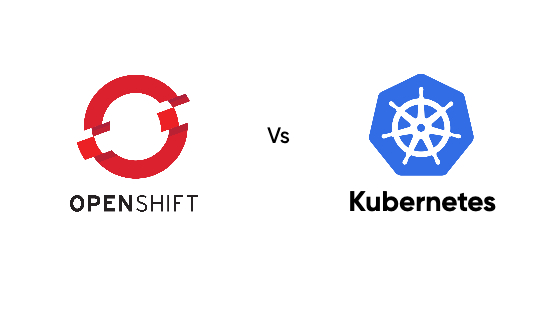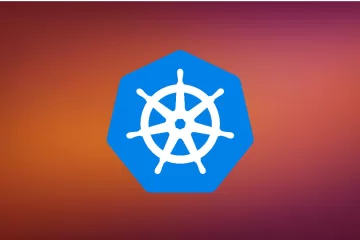OpenShift vs Kubernetes

Both OpenShift and Kubernetes are open source platforms for container orchestration. Both can deploy, manage and scale containerized applications.
The main difference between OpenShift and Kubernetes is that OpenShift is a distribution of Kubernetes with added enterprise features and support.
OpenShift offers a more comprehensive solution for managing containerized applications, with built-in support for security, monitoring, and other enterprise-class features. OpenShift also includes a web-based user interface for managing the platform and applications, and a command line interface (CLI) for advanced users.
Kubernetes, on the other hand, is more of a barebones platform for container orchestration. It provides the basic building blocks for managing containerized applications, but doesn’t include many of the additional features and tools that OpenShift provides. This means you’ll need to build your own tools or integrate with Kubernetes for tasks like monitoring, logging, and security.
In summary, OpenShift is an enterprise distribution of Kubernetes that offers a more comprehensive solution for managing containerized applications. Kubernetes, on the other hand, is a simpler container orchestration platform that requires additional tools to be able to offer enterprise-grade capabilities.
Comparison of the most important features of OpenShift and Kubernetes
| Feature | Kubernetes | OpenShift |
|---|---|---|
| Container orchestration | Yes | Yes |
| Cluster management | Yes | Yes |
| Automatic scaling and self-healing | Yes | Yes |
| Service discovery and load balancing | Yes | Yes |
| Automatic rollouts and rollbacks | Yes | Yes |
| Automatic binpacking | Yes | Yes |
| Automatic service discovery | Yes | Yes |
| Built-in monitoring and logging | No | Yes |
| Built-in security features | No | Yes |
| Built-in support for CI/CD | No | Yes |
| Web-based user interface | No | Yes |
| CLI | Yes | Yes |
| Support for additional languages and frameworks | Yes | Yes |
Note that this table is not exhaustive and there are other differences between Kubernetes and OpenShift. Kubernetes also has its own ecosystem and tools that can provide functionality that OpenShift already has, such as monitoring, logging, and security.
It’s also worth noting that OpenShift is built on top of Kubernetes, and that additional features of OpenShift are built as Kubernetes APIs and controllers.


